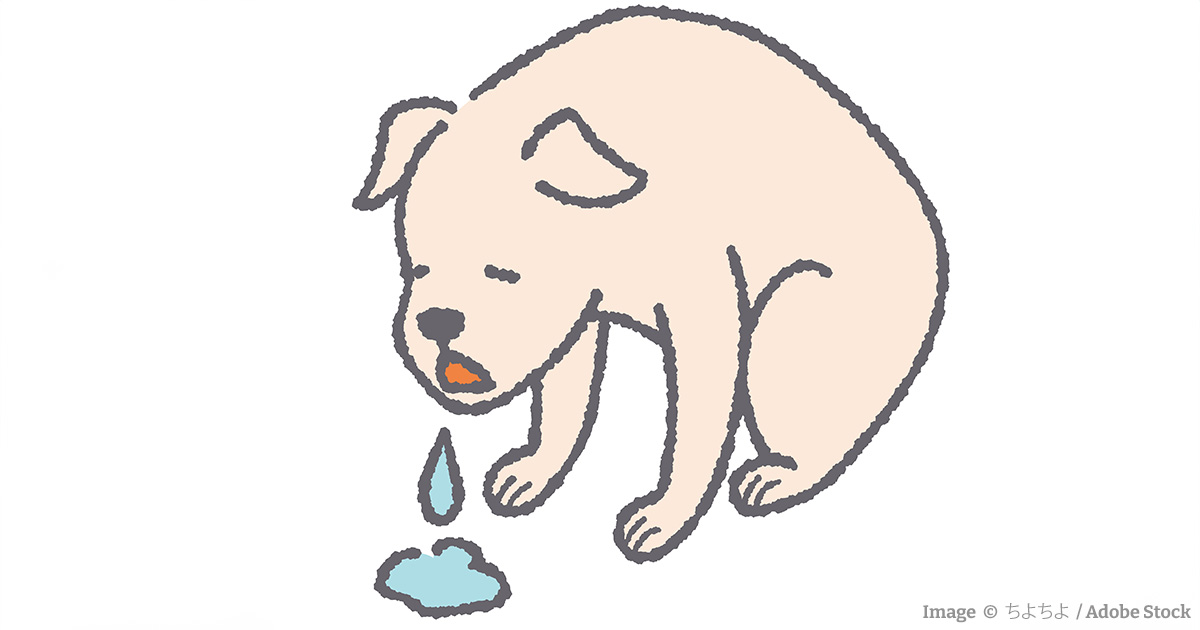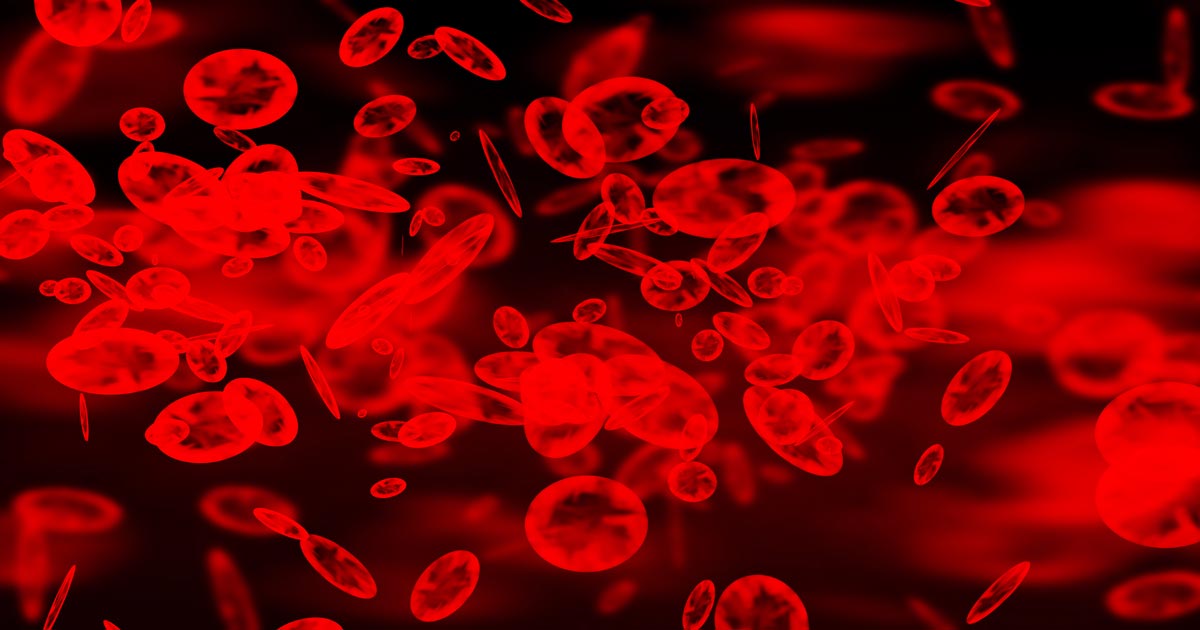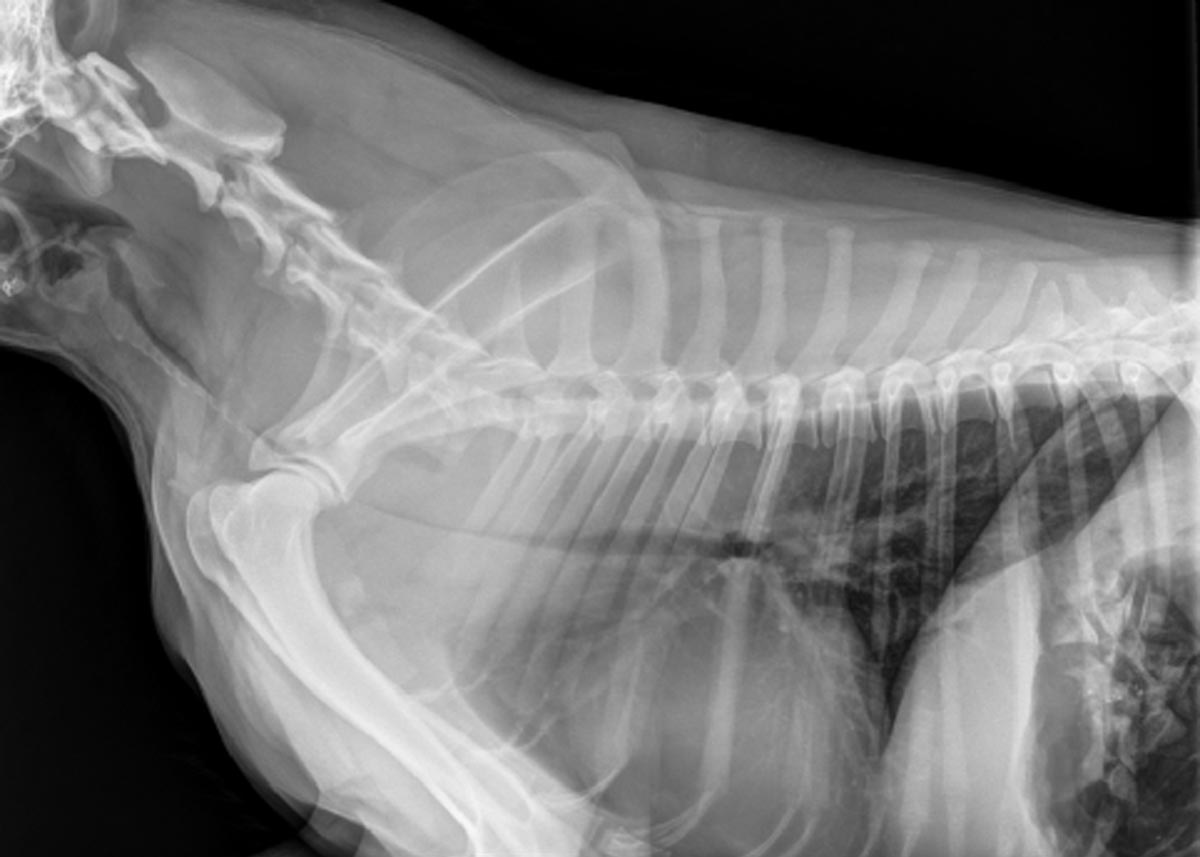Tag: Dogs
-

Rabbit versus IV
For small, fluffy, adorable creatures, rabbit care can actually be a huge challenge in the veterinary practice. They are seen to be more difficult and fragile than the standard cat or dog, and some of the veterinary team are unsure of the best protocol when handling and hospitalising. Rabbit anaesthetics and their recovery carry a…
-

Induced vomiting from the nurse’s perspective
—
by
New RVN author Dale Gillies starts off her Vet Times blogging career with a tasteful little piece about the best ways to make a dog revisit its last meal…
-

Oh, CR*P! Using point-of-care C-reactive protein tests
—
by
Few companies now offer affordable point-of-care tests for canine C-reactive protein (CRP). As we did when we recently received our new box of CRP slides, you might soon be asking the question: what do we even do with this stuff? Here’s what we’ve learnt… CRP is one of the acute phase proteins produced by the…
-

Managing thrombocytopenia in cats and dogs: part 2
—
by
Last week we discussed the causes and diagnostic pathway for investigating immune-mediated thrombocytopenia. This week we will go through the management of this condition. Despite the fact red blood cells are not actually being destroyed, a severe anaemia can develop from blood loss due to coagulopathy – a common reason for why they present to…
-

Managing thrombocytopenia in dogs and cats: part 1
—
by
Thrombocytopenia is a condition characterised by a decrease in platelet numbers, which is often caused by increased destruction of platelets or a decrease in production. Thrombocytopenia can manifest in many ways – the signs can be subtle and easily missed, such as small petechiae on gums, or quite obvious signs, such as large areas of…
-

History keeps repeating…
—
by
I’m deep into chapter four of my PhD and the consequences of contagious livestock diseases and veterinary interventions are key to the veterinary journey. In the past, decisions taken on animal health were based on protecting human health, while the welfare of the animals was a secondary consideration – if it was even considered at…
-

Using lactate measurements in general practice
—
by
Several easy and affordable ways exist to measure lactate in general practice, which means the clinical applications of monitoring lactate is no longer the reserve of specialist and emergency centres. But why and how should you be using it in general practice? What is lactate again? When oxygen is not effectively delivered to cells throughout…
-

Ionised hypocalcaemia, pt 4: controversies and prognostic indications
—
by
Ionised hypocalcaemia (iHCa) is a well-known electrolyte abnormality in critical human patients, which is also beginning to be recognised in our critical feline and canine patients. The exact mechanism for the development of iHCa is still unknown – making prevention difficult, if at all possible. Controversy also exists as to whether treating iHCa is of…
-

Rat bait’s sneaky trick: bleeding into the dorsal tracheal membrane
—
by
Most of us are familiar with anticoagulant rodenticide toxicosis and the range of clinical signs it can present with, but there is one potentially fatal manifestation of coagulation pathology that is perhaps not as widely known… Dogs with severe clotting problems will occasionally bleed into the dorsal tracheal membrane. This causes collapse of the thoracic…
-

Ionised hypocalcaemia, pt 3: acute treatment and management
—
by
Treatment of ionised hypocalcaemia (iHCa) is reserved for patients with supportive clinical signs, then divided into acute and chronic management. Since the most common cases of clinical hypocalcaemia in canine and feline patients are acute to peracute cases, this blog will focus on the acute treatment and management of hypocalcaemia. Clinical signs The severity of…